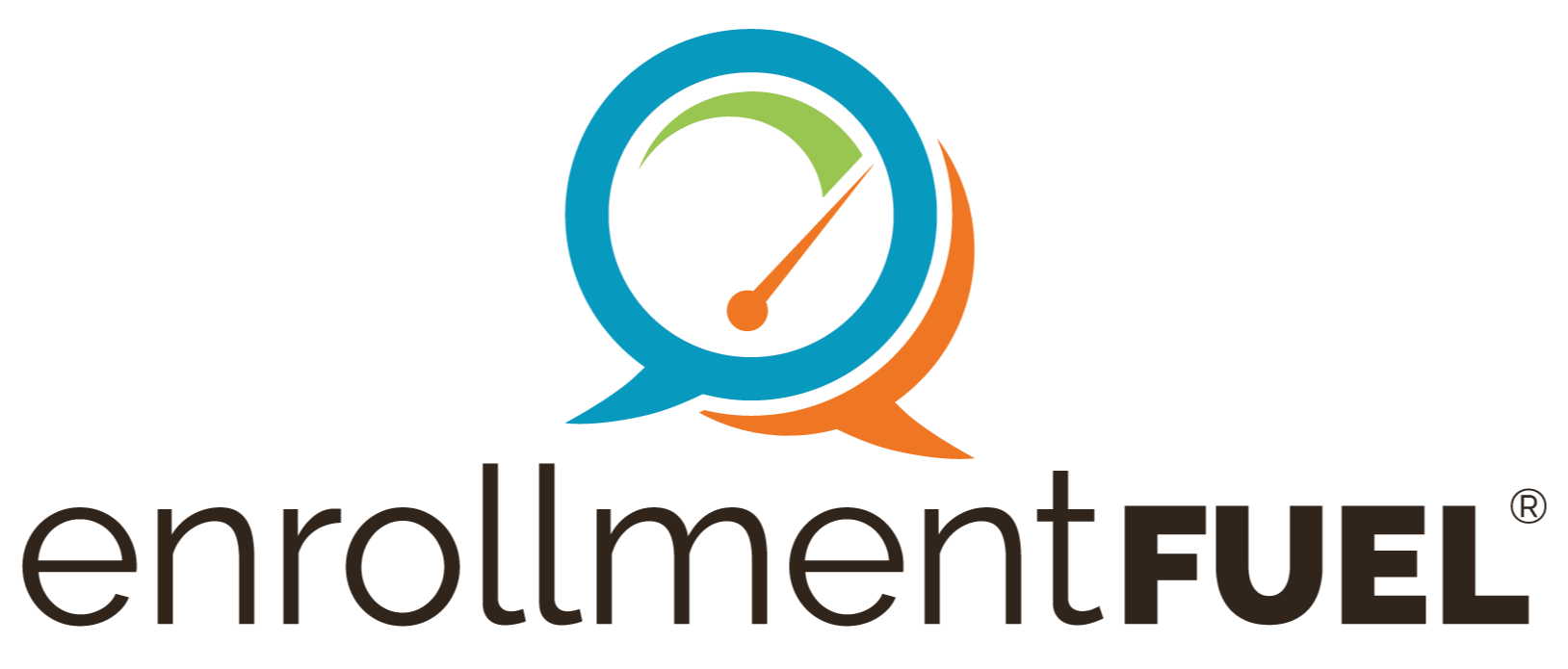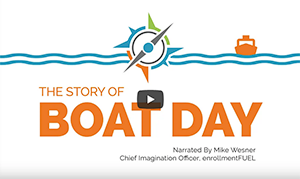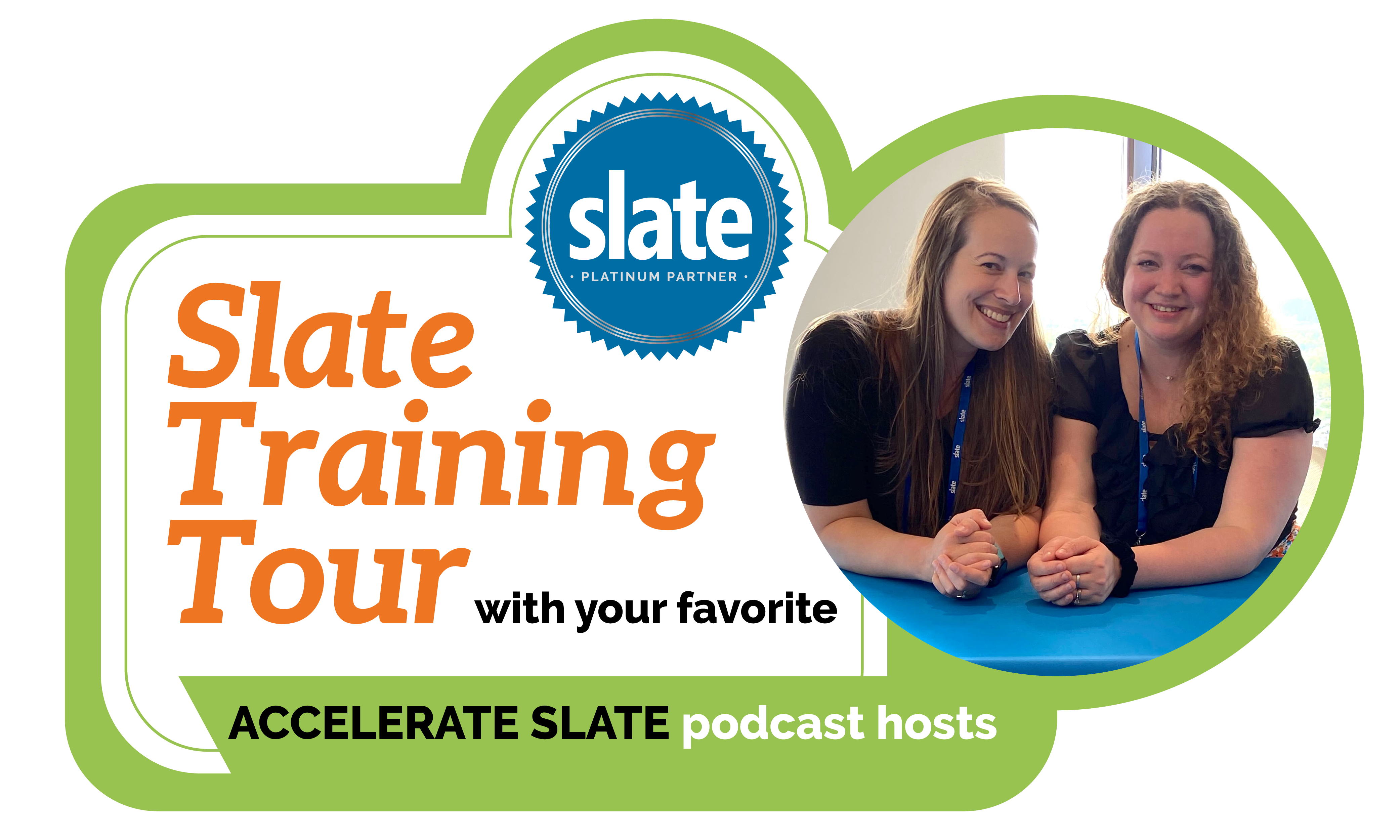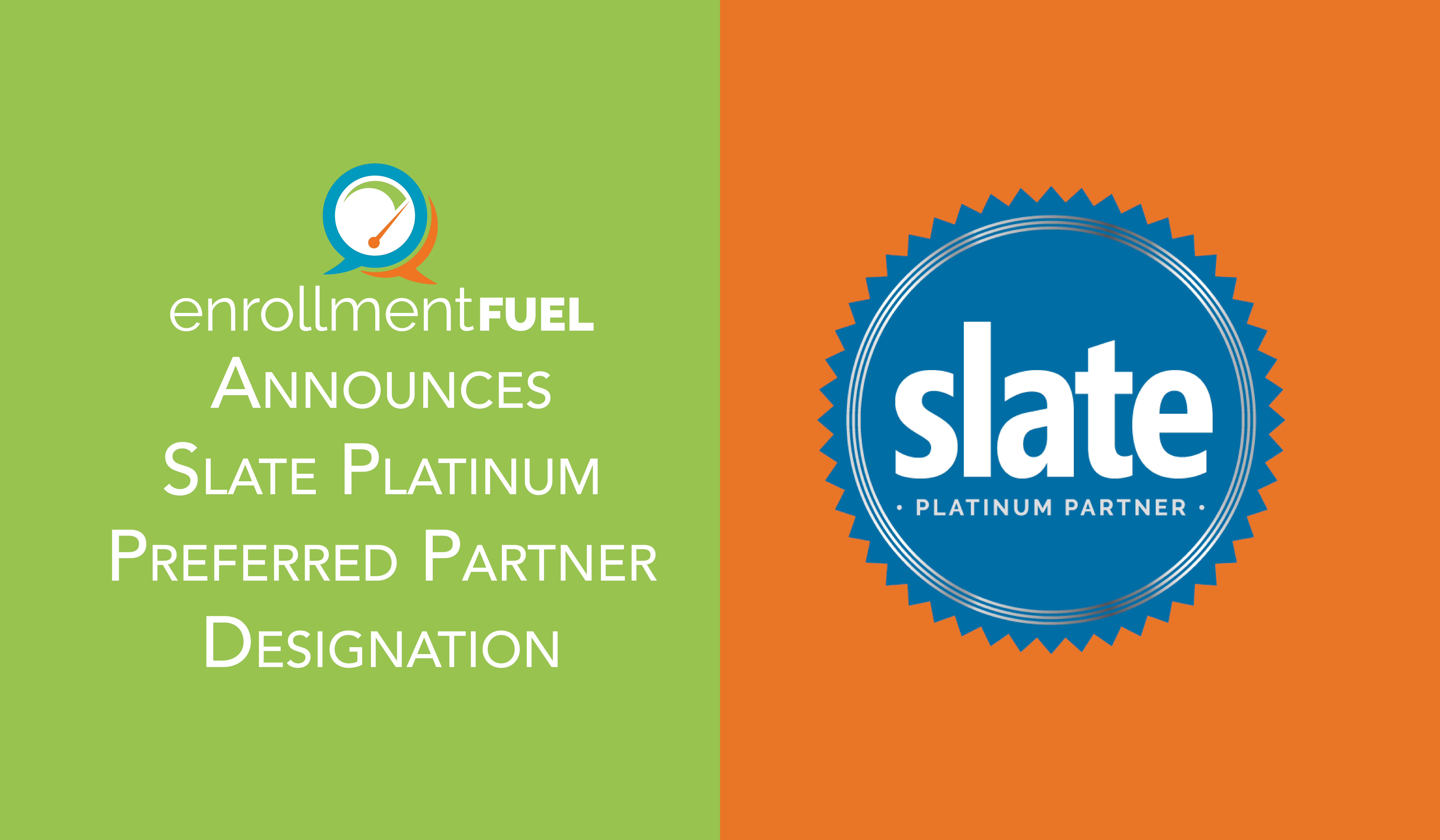4 min read
Leveraging AI: Creative Photography and Videography in Higher Education
By: Jessie Arnold
Mention the term Artificial Intelligence, commonly referred to as AI, to anyone today, and their reaction will probably go one of two ways: giddy excitement at the thought of a fully automated and online world, or, if you’re like me, wary skepticism with at least a hint of fear concerning what AI means for creatives and intellectual property (IP). Before we embark on this AI-powered adventure, we must acknowledge the mixed reactions surrounding artificial intelligence.
The AI Issue: Friend or Foe?
Some greet AI with open arms, seeing its potential to revolutionize our world, while others, like this cautious author, approach it with skepticism. Nevertheless, AI has already begun to make its mark in academia. Academic integrity is a key pillar of higher education, and students submitting essays created by programs like ChatGPT have caused chaos. However, an overlooked aspect of AI lies in its photo editing capabilities. We’re going to dive into the fascinating world of AI and its game-changing potential in the realm of photography and videography within universities and colleges.
Photo Editing versus Photo Creation: What’s The Difference?
Acknowledging the difference between photo editing and photo creation is important. One common misconception is that AI can flawlessly generate images from scratch, conjuring pictures like something from a science fiction movie. However, the reality is a bit less glamorous.
Prompt an AI program to generate an entirely new image, and you’re likely to receive an image that looks like a still from an early 2000s video game. Uncanny faces, poorly rendered, CGI-looking backgrounds, incorrect perspectives, and perhaps most telling of all—the hands. If anyone needs a quick way to determine whether a photo was AI-generated, simply look at the subject's hands: they’re bound to be missing a finger or two or have entirely too many.
As AI draws from existing images to generate its output, copyright and IP issues have been increasingly common. Last month, Washington, D.C. U.S. District Court Judge Beryl A. Howell ruled that nonhuman, AI-created work cannot be copyrighted, which was a major win for artists and creatives.1
AI as an Editor: Adobe Photoshop’s Generative Fill
While AI might not be the virtuoso image creator we envision, it can excel as a photo editor. Adobe Photoshop’s updated Generative Fill is particularly useful.
Applications in Higher Education
Let’s explore how you can harness Generative Fill for practical and innovative purposes while maintaining academic integrity and avoiding copyright concerns. Here’s where the magic happens: need a background changed or expanded? Done with a click. Want to change the glass of water you’re holding into a steaming cup of coffee for the ultimate cozy picture? Easy peasy. Think a photo of campus would look great with a cute dog on the lawn? Prompt Photoshop to add one, and you’ll even be able to choose the breed and pose.
The uses for such a feature in the higher education sphere are endless and can cut down on workloads for designers and marketers. Now, let’s get to the exciting part—how universities and colleges can leverage this AI powerhouse for creative purposes:
- Effortless Design Tweaks: Designers and marketers rejoice! Instead of laboriously isolating subjects and resizing backgrounds, Generative Fill enables quick background expansion while keeping the subject crisp and clear.
- Versatile Marketing: Picture this: You have just a handful of high-quality student photos, but you need them to represent various campus settings. AI can seamlessly transport them to residence halls, lush campus courtyards, bustling dining halls, or engaging classrooms.
- Dynamic Ad Campaigns: Say goodbye to static images. By generating different backgrounds and turning them into GIFs or stop-motion videos, you can create attention-grabbing clips for social media advertising. Imagine a student appearing to study in various campus locations in a single video—that's the power of AI-driven storytelling.
Skepticism about AI and how it might impact academic and creative integrity in higher education is not unwarranted or even unwise. That said, navigating AI with cautious optimism could give your institution’s recruitment marketing just the edge you’ve been looking for. Recognizing AI’s potential to streamline creative workflows and judiciously applying AI can allow institutions to greatly enhance their visual content creation while saving designers and marketers time and effort. So, embrace AI as your “creative assistant,” and let your institution’s creativity flow freely!
1 Retrieved from: https://www.reuters.com/legal/ai-generated-art-cannot-receive-copyrights-us-court-says-2023-08-21/
About the Author
Jessie Arnold
Jessie, with a BFA from The School of the Art Institute of Chicago, transitioned her artistic roots into a dynamic career encompassing design, social media, and marketing. Her creative prowess has become the cornerstone of crafting seamless campaigns that captivate diverse audiences. With expertise spanning content creation, social media advertising, and web design, she wields a wealth of strategies to elevate both client-partner and audience satisfaction. You can reach Jessie anytime at jessie.arnold@enrollmentFUEL.com.
Related Articles
Using AI and ChatGPT in Higher Education | enrollmentFUEL
If it seems like news about ChatGPT and other AI tools is everywhere, you’re right—not to mention...
Higher Ed Blog Article | Top 5 Digital Marketing Tips | enrollmentFUEL
Increasing enrollment is at the heart of every marketing goal in the higher education world. Seems...
Higher Ed Blog Articles | 5 Ways to Reach Your Audience on TikTok
Are you looking for new ways to reach your target audience and engage with them on social media?...




